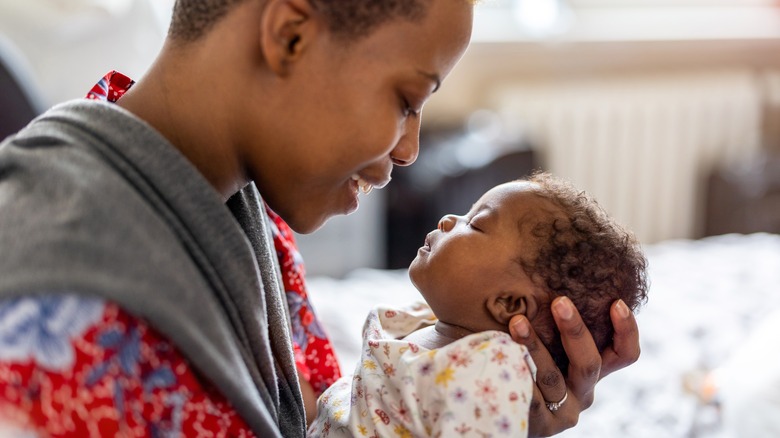Duke Study Says Algorithm Can Detect Autism Within 30 Days After Birth
When you think about computer algorithms with the ability to influence — or even make — medical decisions, a tinge of fear may overcome your mind. For better or worse, algorithms in healthcare are more than the plot of a science fiction novel, they are now a medical reality with pros and cons. For example, one major con of using algorithms in healthcare surrounds bias. Many experts believe that algorithms can make medical racism worse by reflecting data and practices of the past which were laden with racial disparities.
On the positive side, algorithms can sift through a lot of data efficiently and help reduce burnout. The healthcare industry uses machine learning – algorithms that can be used to find patterns, make choices, and learn as they process data — for many purposes. One of the top uses for machine learning is to analyze electronic health records. For example, a 2021 study published in JAMA Network Open explored if a machine learning algorithm could use electronic health records to extract data and help researchers accurately predict health outcomes. The researchers concluded that the algorithm could be used to predict survival rates. More recently, a new study from Duke University used an algorithm to detect autism within the first 30 days of life. Here's everything you need to know.
Algorithm uses electronic health record to detect autism in early stages of life
A 2023 study published in JAMA Network Open used a machine learning algorithm to predict autism in newborns during the first 30 days of life after birth. Researchers used the machine learning algorithm to analyze over 45,000 electronic medical records of children to aid in the early detection of autism in children. Further, the researchers noted that early detection of autism is critical for guiding the children and their families to healthcare options so that they can get the proper care and support. Notably, children are usually diagnosed with autism around 3 or 4 years old. Early detection may improve the quality of life for the child.
The algorithm was also able to separate those babies who later developed autism from those that develop attention-deficit/hyperactivity disorder (ADHD) along with other neurodevelopmental conditions. The program also may fight bias by helping identify cohorts of children — like children of color, girls, and children diagnosed with both autism and ADHD — that are missed with traditional autism screening methods.


